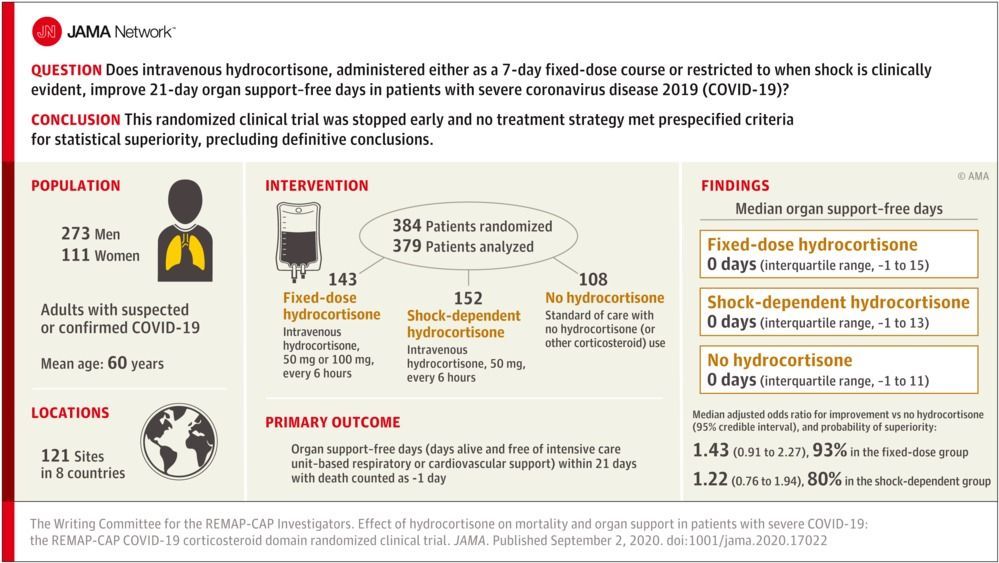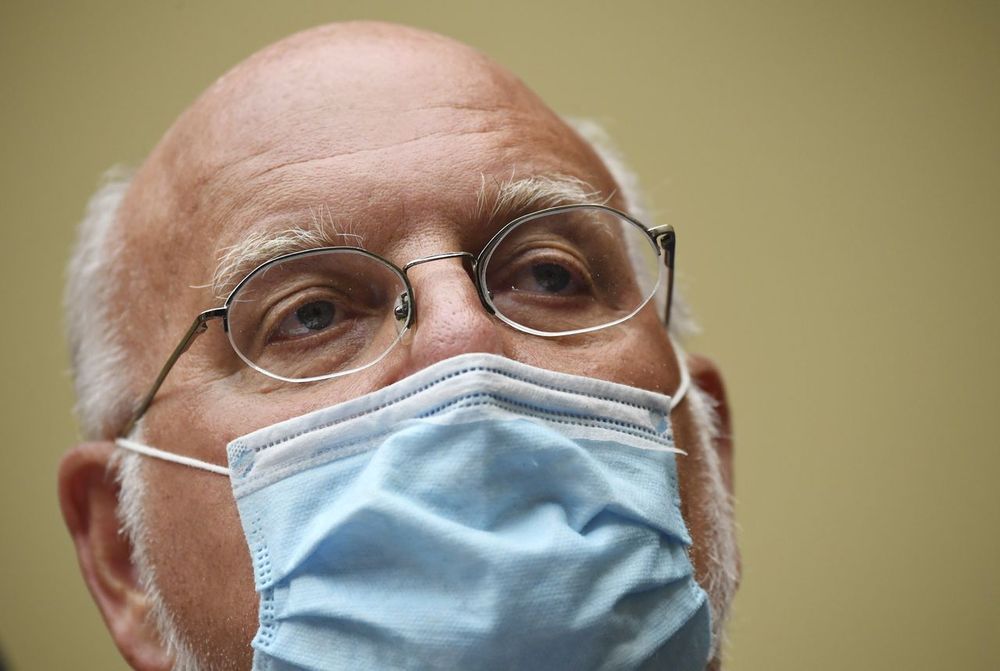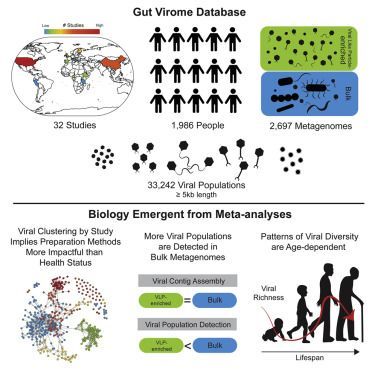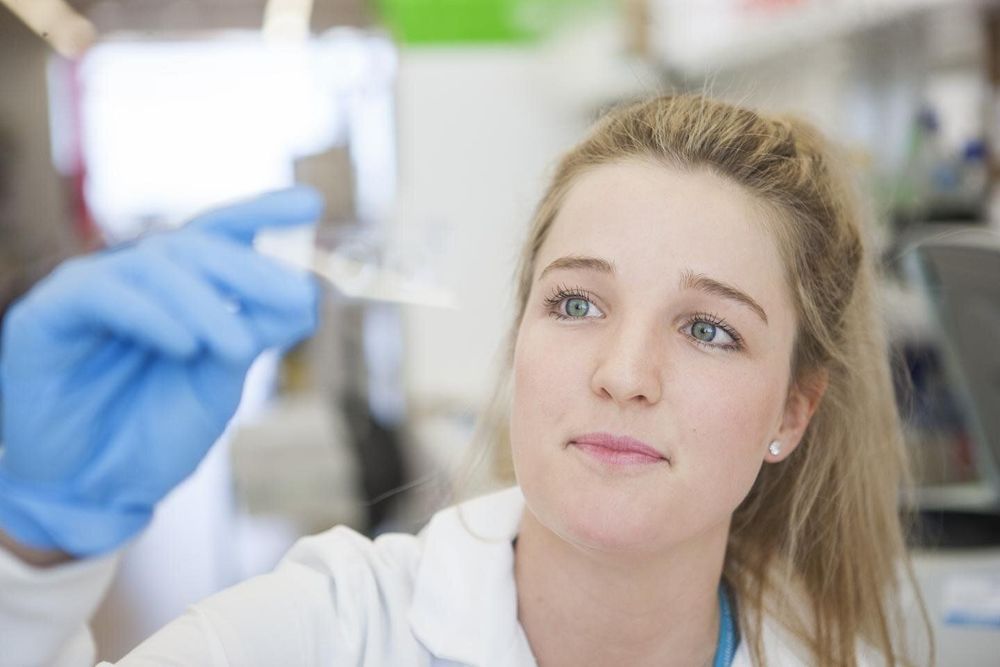Bioengineering.
There is currently no vaccine or cure towards COVID-19. It is predicted the development of a safe and effective vaccine to prevent COVID-19 will take 12 to 18 months, by which time hundreds of thousands to millions of people may have been infected. With a rapidly growing number of cases and deaths around the world, this emerging threat requires a nimble and targeted means of protection.
Could CRISPR be the next virus killer? To address this global pandemic challenge, we are developing a genetic vaccine that can be used rapidly in healthy and patients to greatly reduce the coronavirus spreading. We developed a safe and effective CRISPR system to precisely target, cut and destroy COVID-19 virus and its genome, which stops coronavirus from infecting the human lung.
We’ve shown that the CRISPR system can reduce 90% of coronavirus load in human cells. It can also protect humans against essentially 90% of all current and emerging coronaviruses. The project is ongoing, and we are working around the clock towards getting an actual product by combing our CRISPR method with an inhaler-based delivery device.







